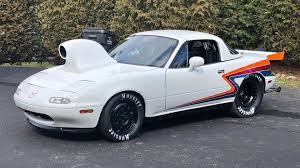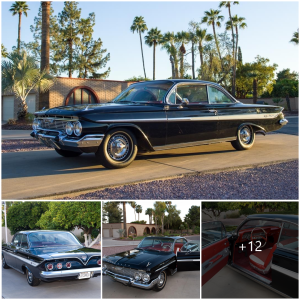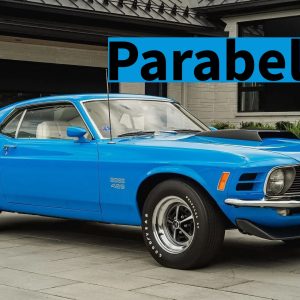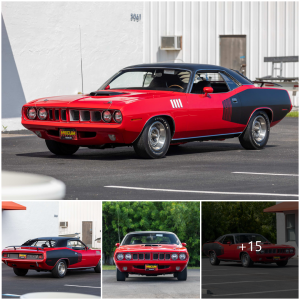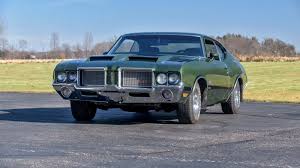
Isn’t it amazing how the compact cars that were introduced in 1960 to compete with Volkswagen and other foreign brands later were the basis for some of the hottest cars of the muscle car era? One of the fastest is our Pick of the Day, a documented 1970 Chevrolet Nova SS listed for sale on ClassicCars.com by a dealership in Grand Rapids, Michigan. (Click the link to view the listing)

When the Chevrolet Chevy II was introduced for 1962, it was as a response to the Ford Falcon. So, what happened to the Corvair? It featured unusual tech and won accolades, but Mr. and Mrs. America was preferring something more conventional, and the Falcon was it. Cue Chevrolet to create a conventional compact and call it the Chevy II, with a high trim level called Nova that spurred an urban legend that doesn’t seem to go away.

Starting in 1968, the Chevrolet compact was completely redesigned, shedding its hardtops and wagons, leaving only a semi-fastback two-door sedan and a four-door sedan. Notably, a big-block 396 was available for the first time, creating a car that would be among Chevrolet’s fastest of the era. This was especially important because a General Motors edict limiting larger engine sizes to larger models kept GM from properly competing head-to-head with Chrysler’s and Ford’s best.

The standard engine for the Nova’s SS package was the 295-horsepower 350, much like what you’d find on the base Camaro SS. There actually was a small-block that put out more horsepower, but it was not available on the Nova SS: the L79 327/325. This was the hot Chevy II engine that first appeared in 1966, with Grumpy Jenkings famously killing a Hemi in NHRA A/Stock.

When the 396 was introduced before the end of the 1967 calendar year, there were two versions: hydraulic-lifter L34 with 350 horsepower and the solid-lifter L78 with 375. The L78 was only available with a manual transmission, but racer/car builder Dick Harrell and Fred Gibb, owner of a Missouri Chevrolet dealership, approached Chevrolet’s Vince Piggins about building an automatic-equipped L78. Fifty examples were required for the special-order, which Gibb immediately agreed to. These cars are known as COPO 9738 Novas, and these cars ended up being the test bed for the heavy-duty automatic that became a regular production option in 1969.

The 396 was available through 1970, upon which the Nova SS made do with a low-compression 350 for 1971. That means this restored, Forest Green 1970 Nova SS is the last of the solid-lifter Chevy compacts. It’s also a build in the best spirit of an era, as it features a rubber floor mat, bench seat, four-speed manual, and Positraction. Other options include F41 Firm Ride and Handling Suspension, power disc brakes, and AM radio.

“Panel fit is consistent and straight on all the panels, and honestly exceeds factory build standards,” says the seller. “The chrome bumpers and related stainless trim has been restored or replaced and looks amazing.” The nether regions are also prime: “The undercarriage restoration is accurate including all the correct chassis markings and inspection paint dabs. The suspension and related components have all been removed, rebuilt or replaced and installed to duplicate a factory fresh appearance. Under the hood is highly restored as well with all the correct factory markings and decals.”

Folks gravitate to the Camaro and Chevelle, but the ones who wanted to go faster went the Nova route. When you encountered a Nova SS with a 396 on the street or strip, you took notice. The price makes us take notice at $94,900, but this Nova has something that few don’t: documentation from GM Canada, something that American-market cars don’t have.

